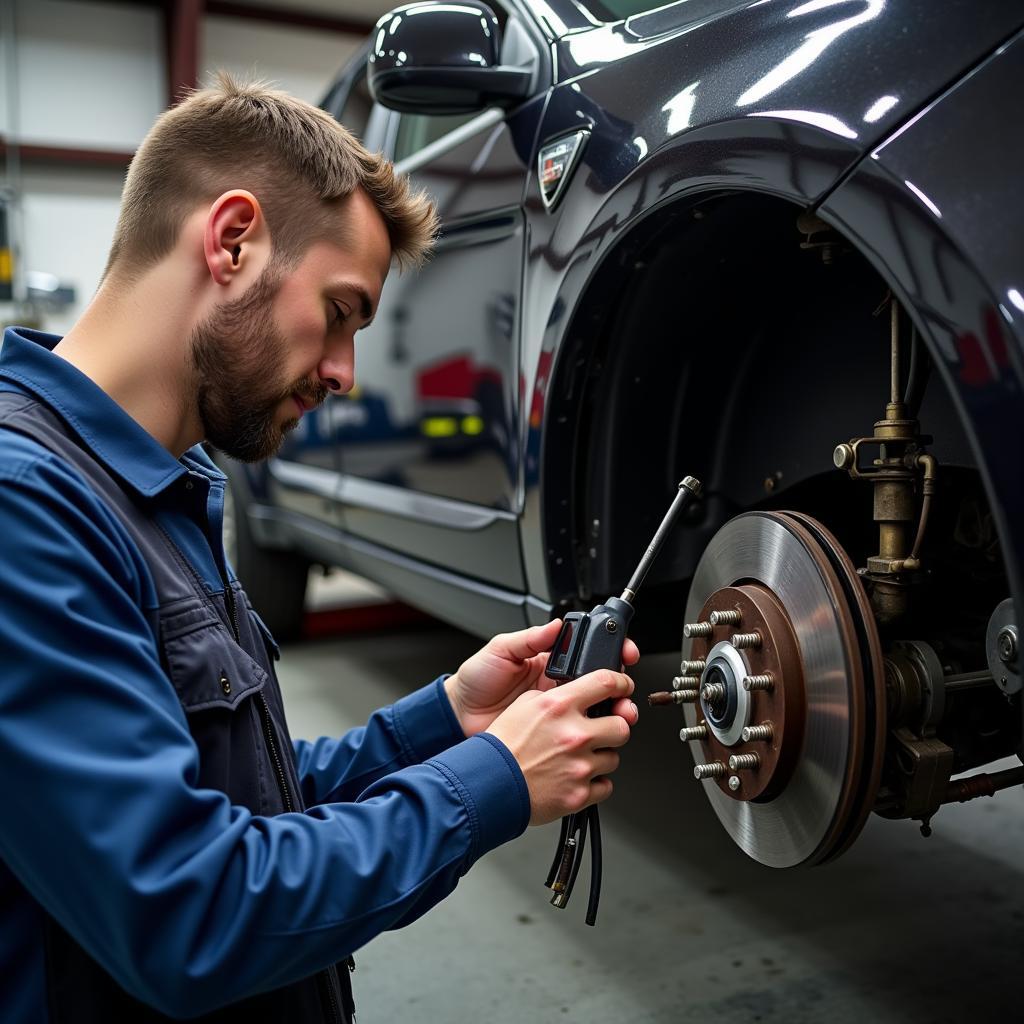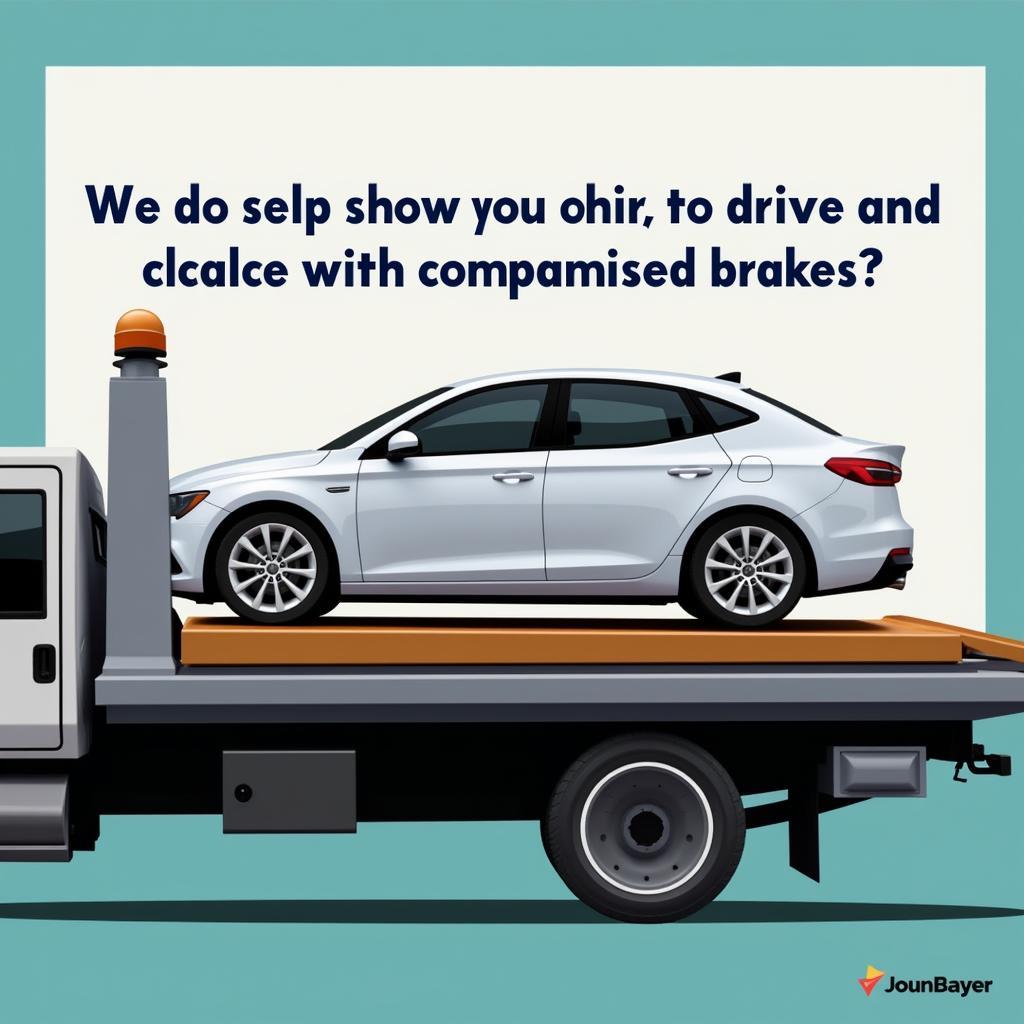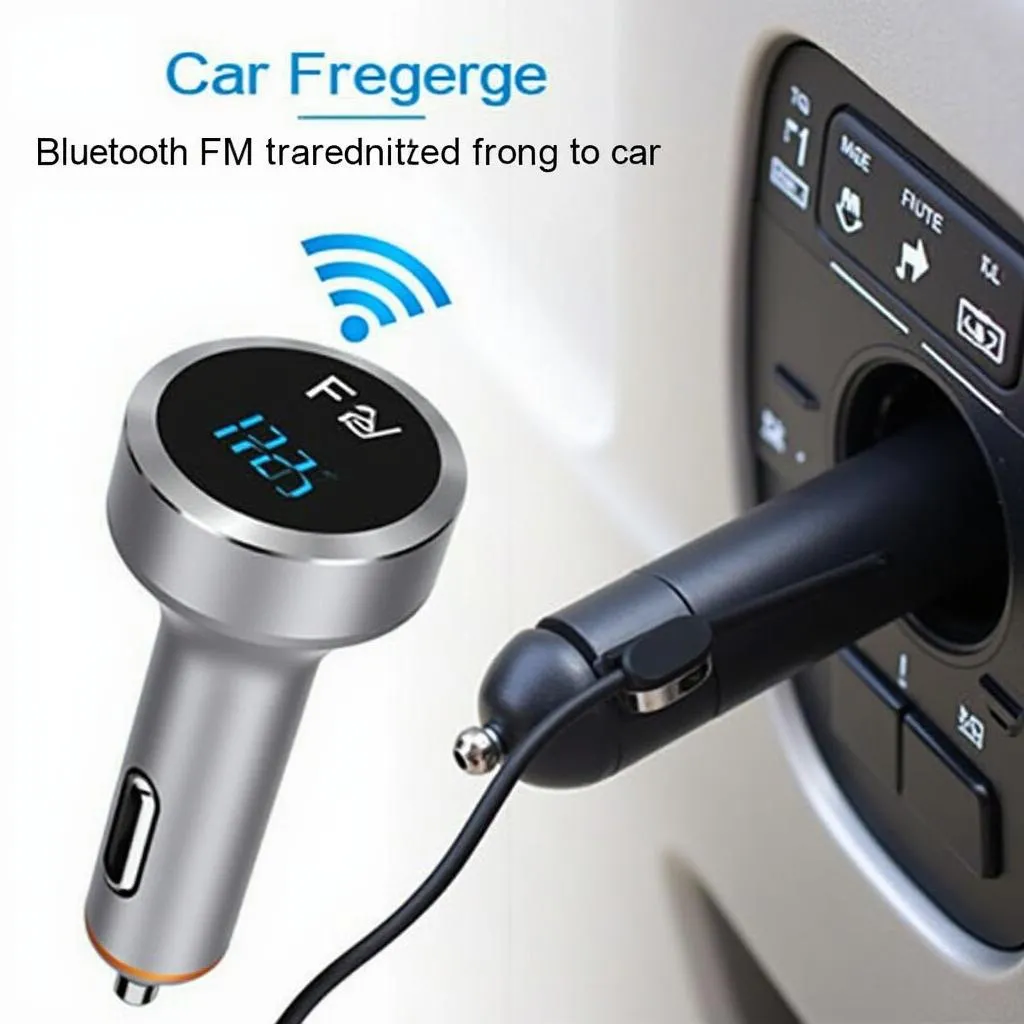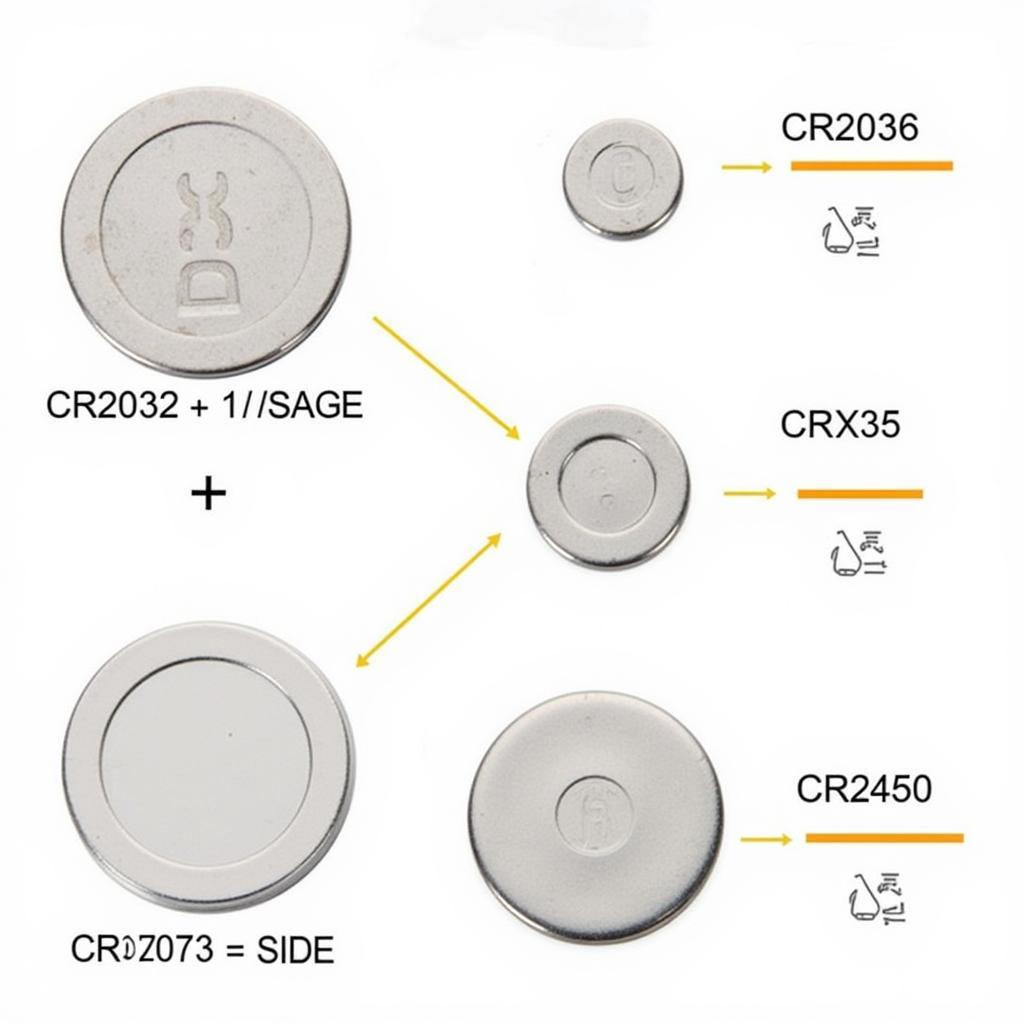One of the most crucial safety systems in your vehicle is your braking system. So when you see a warning light illuminated on your dashboard, it’s natural to feel a sense of urgency. While several factors can trigger these warning lights, one often overlooked culprit is air in your brake lines. But can air in brake lines cause warning lights? Absolutely.
This article will delve into the intricacies of air in brake lines, its impact on your car’s performance, and how it can trigger those alarming warning lights on your dashboard. We’ll also guide you on how to identify this issue and what steps to take to rectify it.
How Air in Brake Lines Affects Your Car
Before we discuss warning lights, it’s crucial to understand how air in brake lines affects your car’s braking performance.
Your car’s braking system relies on hydraulic pressure to function correctly. When you press the brake pedal, it compresses brake fluid, creating pressure transmitted through the brake lines to the calipers or wheel cylinders. This pressure forces the brake pads or shoes to clamp down on the rotors or drums, effectively slowing down or stopping your vehicle.
Air, unlike brake fluid, is compressible. When air is present in the brake lines, it disrupts the hydraulic pressure required for optimal braking. Instead of a firm and responsive brake pedal, you’ll likely experience:
- Spongy or soft brake pedal: This is often the first and most noticeable sign of air in the brake lines. It will feel as if the pedal travels further down than usual before engaging the brakes.
- Reduced braking power: The presence of air compromises the hydraulic pressure, leading to a decrease in braking force. You may need to apply more pressure to the pedal to achieve the desired stopping power.
- Uneven braking: Air bubbles in the lines can cause an imbalance in pressure distribution, resulting in the car pulling to one side when braking.
Can Air in Brake Lines Cause Warning Lights?
Yes, air in brake lines can indirectly trigger warning lights on your dashboard. While there isn’t a specific warning light for air in the lines, its effects on the braking system can activate other related warning lights. Here are a few examples:
- Brake Warning Light: This light, often symbolized by an exclamation mark within a circle or parentheses, is a general indicator of a problem within the braking system. Air in the brake lines, causing a drop in brake fluid level, can trigger this light.
- Anti-lock Braking System (ABS) Light: Air in the lines can interfere with the proper functioning of the ABS system, leading to its warning light illuminating on your dashboard.
- Traction Control Light: In some vehicles, the traction control system works in conjunction with the ABS. When air disrupts the ABS, it can also affect the traction control system, causing its warning light to activate.
How Does Air Get into Brake Lines?
Now that we’ve established that air in brake lines can indeed cause warning lights, let’s explore how air infiltrates this closed system in the first place. Common causes include:
- Low brake fluid: If the brake fluid level drops too low, air can enter the lines. This can happen gradually over time due to minor leaks or during brake pad replacements if the system isn’t properly topped off.
- Brake line repairs: Any time a brake line is opened for repairs or replacement, air can enter the system. This is why it’s crucial to bleed the brakes after such procedures to remove any trapped air.
- Worn brake components: Damaged or worn brake components, like calipers or wheel cylinders, can create entry points for air to seep into the lines.
- Improper bleeding: Bleeding the brakes is a procedure to remove air from the system. However, if not performed correctly, it can introduce more air into the lines.
“I’ve seen cases where a small leak in the brake hose, almost invisible to the naked eye, was enough to allow air to seep into the system,” says John Smith, a certified automotive technician with over 20 years of experience. “It’s crucial to address any brake fluid leaks promptly, no matter how insignificant they may seem.”
What Should You Do If You Suspect Air in Your Brake Lines?
If you experience any of the symptoms mentioned earlier, such as a spongy brake pedal, reduced braking performance, or illuminated warning lights, it’s crucial to have your vehicle inspected by a qualified mechanic immediately. Driving with air in your brake lines is incredibly dangerous and can lead to brake failure.
 Mechanic Inspecting Brake Lines for Air
Mechanic Inspecting Brake Lines for Air
A mechanic will be able to:
- Diagnose the issue: They will use specialized equipment to check for air in the lines and identify any underlying causes.
- Bleed the brakes: This involves flushing out the old, potentially contaminated brake fluid and replacing it with fresh fluid while eliminating any air bubbles in the process.
- Repair or replace damaged components: If a leak or damaged component is detected, the mechanic will recommend the necessary repairs or replacements to ensure your braking system’s integrity.
Preventing Air in Brake Lines
Prevention is always better than cure, and that holds true for your car’s braking system as well. Here are a few proactive steps you can take to minimize the risk of air entering your brake lines:
- Regular brake fluid checks and flushes: Refer to your owner’s manual for the recommended brake fluid service intervals. Regularly checking and flushing your brake fluid ensures it maintains its hydraulic properties and prevents air from entering the system.
- Address leaks promptly: If you notice any signs of brake fluid leaks, such as puddles under your car or a drop in the fluid reservoir level, have your vehicle inspected and repaired by a qualified mechanic without delay.
- Entrust brake repairs to professionals: Brake system repairs require specialized knowledge and tools. Attempting DIY repairs can introduce air into the system and lead to more significant problems. Always rely on a trusted mechanic for any brake-related services.
Can You Drive With Air in Brake Lines?
The short answer is no. While you may technically be able to move the vehicle with air in the brake lines, it is incredibly dangerous to do so. The compromised braking performance significantly increases the risk of accidents.
“Driving with air in the brake lines is akin to playing Russian roulette with your safety and the safety of others on the road,” warns John Smith. “The potential consequences far outweigh the inconvenience or cost of getting it fixed immediately.”
 Tow Truck Transporting a Car with Brake Issues
Tow Truck Transporting a Car with Brake Issues
Conclusion
Can air in brake lines cause warning lights? Absolutely. While the presence of air might not trigger a dedicated warning light, it can indirectly activate other related warning lights by affecting the braking system’s overall functionality. Recognizing the signs of air in your brake lines, such as a spongy brake pedal, reduced braking efficiency, or illuminated warning lights, is crucial for your safety and the well-being of your vehicle.
If you suspect air in your brake lines, seeking immediate assistance from a qualified mechanic is essential. They possess the expertise to diagnose the issue accurately, bleed the brakes effectively, and address any underlying problems to restore your braking system to its optimal performance. Remember, your brakes are your car’s most vital safety feature, so never compromise on their maintenance.
Frequently Asked Questions
1. How often should I bleed my brakes?
The frequency of brake bleeding depends on several factors, including your vehicle’s make and model, driving conditions, and the type of brake fluid used. It’s always best to consult your owner’s manual for specific recommendations. However, a general guideline is to have your brake fluid flushed and the system bled every two years or 30,000 miles, whichever comes first.
2. Can I add brake fluid myself if the level is low?
Yes, you can top off your brake fluid if the level is low. However, it’s crucial to use the correct type of brake fluid specified in your owner’s manual. Adding the wrong fluid can damage your braking system. Also, a low brake fluid level often indicates a leak, so it’s best to have your vehicle inspected by a mechanic even if you choose to top off the fluid yourself.
3. How long does it take to bleed brakes?
Bleeding brakes typically takes about 30 minutes to an hour, depending on the vehicle and the mechanic’s expertise. However, if additional repairs are needed, such as replacing brake lines or calipers, the process can take longer.
4. Can I still drive my car with the ABS light on?
While your car may still be drivable with the ABS light on, it’s not advisable. The ABS light indicates a problem with the system, and without functioning ABS, your wheels could lock up during hard braking, leading to a loss of control.
5. How much does it cost to fix air in brake lines?
The cost of repairing air in brake lines can vary widely depending on the underlying cause, labor costs in your area, and the make and model of your vehicle. A simple brake bleed might cost around $100-$200, while repairs involving brake line replacements or caliper replacements can range from $300 to $1000 or more.


